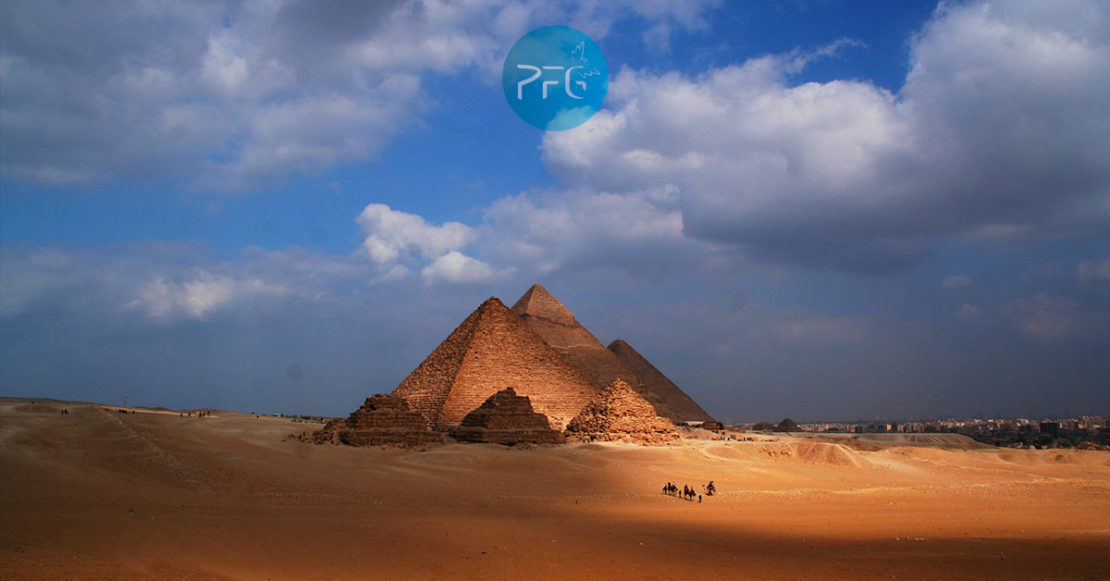
The funeral process of the pharaohs was very long and complicated. It took up to 70 days to complete. The first step was the embalming of the body. To do this, the organs were removed and placed in canopic jars. The body was then covered with natron and wrapped in linen. After this, the body was placed in a sarcophagus. The last step was the funeral procession.
Funeral preparations
If the king died suddenly, it is likely that the funeral preparations were made at the royal residence, such as the palace in Thebes. However, if the king had been ill for some time, he might have retired to other royal residences, such as Per-Ramesses in the Eastern Delta. In this case, the staff of the royal palace, who were responsible for the preparation of the funeral, would accompany him.
Once the king had died, the royal body was embalmed according to the EMBALMING PROCESS described in Chapter 5 and then placed in a coffin for burial. The grave was prepared for burial as described in Chapters 9 and 10.
The coffin is guided into a shaft previously prepared by the tomb teams and placed in the tomb’s burial chamber. The royal mummy was then placed in the sarcophagus in the burial chamber. A protective layer of natron was placed on the mummy and on the floor of the coffin to prevent the royal body from being damaged by moisture. This practice was called the “natroning” of a royal mummy. The coffins were then sealed and closed with royal seals found in the tomb. Once the seals were placed around the coffins and in the tomb, the tomb was filled with archaeologists and craftsmen who worked until the tomb was completely finished.
Coffin texts
Coffin texts were written on long narrow strips of papyrus, tied together at the ends and placed in the coffins of the nobility during the Middle Kingdom. They were funerary texts intended to protect the deceased in the afterlife, and were later incorporated into the BOOK OF THE DEAD.
ANUBIS
Anubis was the god of embalming and the guardian of the dead. He was represented as a jackal-headed man or as a jackal. He often wore black, the colour of natron, the embalming material. He was also associated with mummification, as well as with the CONDUCT OF THE GODS, which was inscribed on the coffins of royal mummies.
TOMB OF THE NOBLES
The Tomb of the Nobles was a tomb built for a royal tomb owner who was buried in the royal tomb of a pharaoh. These tomb owners could be buried in their own tomb, but it was usually a smaller tomb located near the pharaoh’s tomb. Tomb owners were buried in their own tomb with their own family.
Funeral Overview
The royal funeral was a complex affair that took place in several phases, including the embalming process that was completed at the time of the king’s death, the funeral procession that led the king to his tomb in the VALLEY OF THE KINGS, and the burial ritual in which the king was buried. Once the grave was sealed, a new grave was prepared for the king’s funeral.
ENNEAD
The Ennead was the group of nine gods associated with the sun god ATEN. The members of the Ennead were ATEN, ATEN-RE, ANUBIS, HATHOR, HATHOR-RE, HORUS, HORUS-RE, OSIRIS and PTAH. These nine gods were associated with the nine regions of the sun in the sky.
The Embalming Process
The embalming process was completed before the king’s funeral. The royal body was placed in a coffin and laid in the tomb. The grave was then sealed with royal seals and the grave was painted with funerary texts and images.
The funeral procession
The funeral procession was a large procession that included the royal family, the nobility and the priests of the royal cult. The funeral procession was led by the body of the king and the royal family. The priests of the royal cult carried the king’s coffin to the grave. The grave was then sealed and the tomb filled with natron.
The burial ritual
The burial ritual was a complex affair that included placing the royal body in the tomb, placing the royal coffin in the tomb and placing the royal mummy in the tomb. The tomb was then sealed and the grave filled with natron.